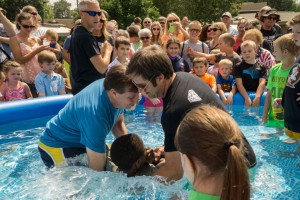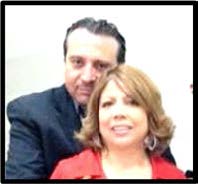 Ismael and Esmirna Lopez are missionaries working with Missions Door in the Rocky Mountain Region. Since their appointment with Missions Door in 1997 they have established two churches, the first in Holyoke, Colorado and another one in Imperial, Nebraska.
Ismael and Esmirna Lopez are missionaries working with Missions Door in the Rocky Mountain Region. Since their appointment with Missions Door in 1997 they have established two churches, the first in Holyoke, Colorado and another one in Imperial, Nebraska.
In Imperial they have Worship services every Saturday with an attendance of fifty people. Every Tuesday a ministry called “Pastoral Care” is carried out. It is dedicated to evangelizing non-believers, and to encouraging believers to fulfill the Great Commission. Tuesday nights the Imperial church has a prayer service. Whenever someone accepts Jesus, they start a home Bible study to disciple the new believer. Some people from the towns of Grant and Madrid, Nebraska attend the church in Imperial. On Wednesday nights they meet in Madrid for a Home Bible Study with four or five families.
In Holyoke, they have a Worship service on Sunday evening with an attendance of 50. Last year they had an attendance of 95, but seven families moved away. That is a normal situation due to the fluctuating Hispanic population in Holyoke. The “Pastoral Care Ministry” and prayer service are held on Thursdays.
The Hispanic population in Imperial is about 600 and Holyoke at about 800. The stable population works on pig farms or cattle ranches, and a few in town business.
The Lopez’s believe that by reaching children and youth they are preparing future generations of believers. Families are also being reached through this very active and effective children and youth ministry. Each week they minister to about 30 kids in Holyoke and 20 in Imperial. They have kids from all school ages but most are elementary kids.
An annual family camp draws one hundred people in attendance. The purpose of this camp is to evangelize the kids by sharing the love of Jesus with them. It includes Bible classes for adults, and the parents are encouraged to participate by attending the classes, camping or helping as volunteers. The camp usually concludes with baptisms. It is always a great joy to see people growing in their relationship with God.
Ismael was born in Sinaloa, Mexico. At age 16 he wanted to be a teacher and moved to Navojoa, Sonora, to attend school. While there a relative invited him to a Baptist church, where he accepted Jesus into his life. He graduated from the Regional Center of Education in 1983.
Esmirna, a nurse, grew up in a Christian home and became a Christian at age 13. Her father is a pastor in Mexico. In 1989 they moved to Nogales, Sonora, to study at Nogales Baptist Seminary.
Following graduation from the seminary, Ismael pastored two churches in Mexico. He was appointed by Missions Door in 1997, and the Lopez family moved to Holyoke, Colorado, to start a Spanish-speaking church.
Each year many migrant workers come to this area to work in agriculture or construction. Some stay here during the summer, and others for one or two years before moving on to another place. They reach them through personal evangelism or by helping with needs they have. Many of them have accepted Jesus as their Savior through their ministry. Some stay and grow in Jesus, and others move on. They are being used by the Lord to share His love with them. Last year, 16 people accepted the Lord before they moved, and continue with their Christian lives elsewhere.
Through this ministry, they also provide translation for school or medical appointments. They counsel couples and provide help during time of sickness and deaths, not only to church people but to the whole community.
The Lopez’s ministry is based on fulfilling the Great Commission, with a ministry goal to plant 7 churches in Northeast Colorado and Southwest Nebraska.
Would your congregation be open to partnering with Ismael and Esmirna in this ethnic church planting ministry? They would covet your prayer and financial support. Would you be open to having Ismael come and share with your congregation more about this vital ministry? Contact RMCN for more information.



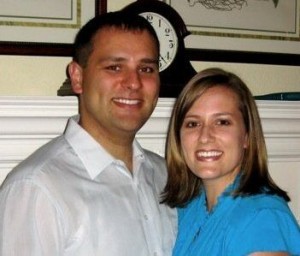
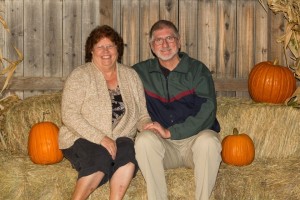
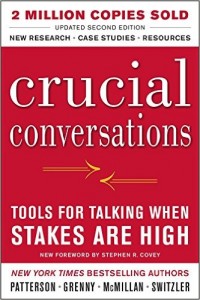

 It’s easier than ever to put up an attractive, welcoming website even if you aren’t a designer.
It’s easier than ever to put up an attractive, welcoming website even if you aren’t a designer. 1. Mobile Friendly: This aspect of church web design has rapidly become one of the most important considerations for any website.
1. Mobile Friendly: This aspect of church web design has rapidly become one of the most important considerations for any website. 6. Most Important Content Above the Fold: Those of you that still remember newspapers know that “above the fold” refers to the part of the paper visible when it’s folded in half widthwise. Newspapers typically put their most attention grabbing images, headlines, and stories above the fold.
6. Most Important Content Above the Fold: Those of you that still remember newspapers know that “above the fold” refers to the part of the paper visible when it’s folded in half widthwise. Newspapers typically put their most attention grabbing images, headlines, and stories above the fold. 9. On page SEO: SEO may sound intimidating, but it doesn’t have to be when it comes to a church context. SEO is a skill and expert SEOs are very much in demand, but there are a host of things you can do within your website to help you stand out in local search.
9. On page SEO: SEO may sound intimidating, but it doesn’t have to be when it comes to a church context. SEO is a skill and expert SEOs are very much in demand, but there are a host of things you can do within your website to help you stand out in local search.

